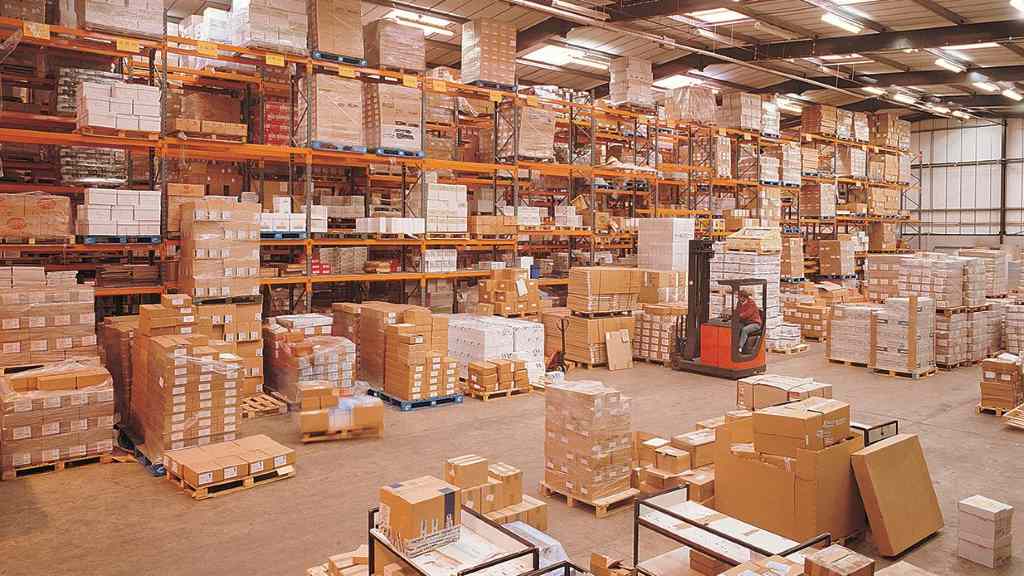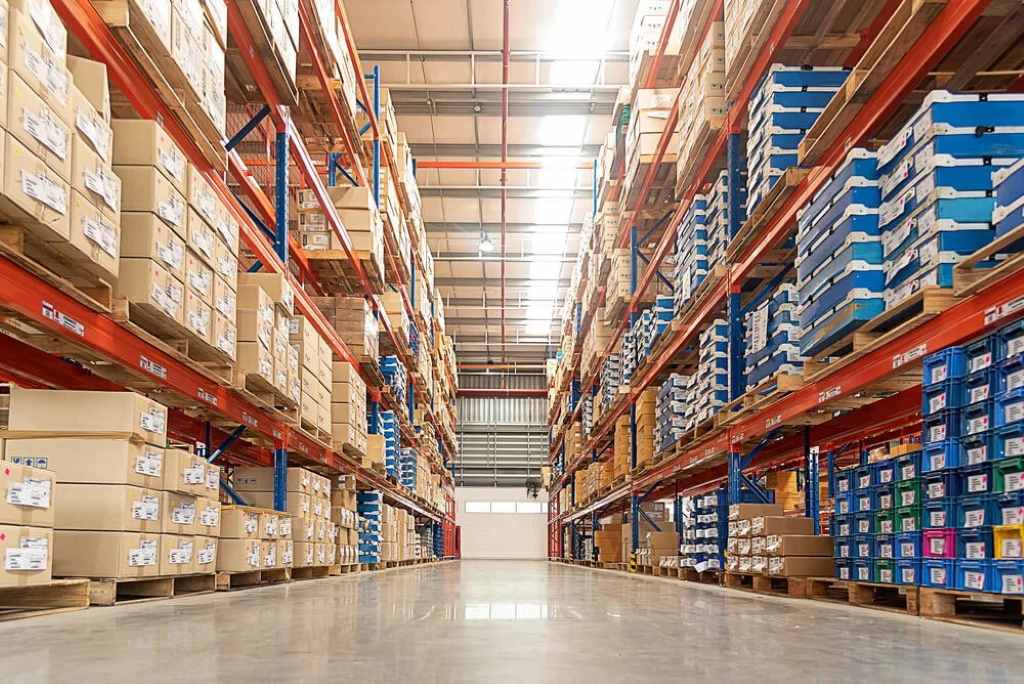
How to Optimize Your Product Storage for Maximum Efficiency
Efficient product storage isn’t just about squeezing items into a space; it’s a strategic process that can significantly impact your business’s bottom line. Whether you’re managing inventory in a small home-based operation, a warehouse, or a retail store, optimize product storage can save you time, money, and prevent headaches. This article will provide practical, actionable strategies to improve your storage efficiency, regardless of your industry or scale.
Why Optimize Product Storage?
Efficient product storage offers a multitude of benefits:
- Cost Reduction: Minimize wasted space, prevent product damage, and reduce the risk of overstocking or understocking.
- Improved Productivity: Quickly locate and retrieve items, streamlining order fulfillment and other processes.
- Enhanced Safety: Organize your space to minimize tripping hazards and ensure easy access to emergency exits.
- Better Inventory Management: Maintain accurate records and have a clear overview of your stock levels.
Key Strategies for Optimization
- Analyze Your Current Storage:
- Space Assessment: Measure your storage area and create a detailed layout. Identify underutilized areas, bottlenecks, and potential hazards.
- Inventory Analysis: Categorize your products by type, size, frequency of use, and any special storage requirements (e.g., temperature, humidity) to optimize local delivery service. This will help you determine the best storage methods and locations for each item.
- Process Evaluation: Examine your current storage and retrieval processes. Are there any unnecessary steps or inefficiencies?
- Choose the Right Storage Solutions:
The ideal storage solutions depend on your specific needs:
- Shelving: Versatile and cost-effective for a variety of products. Choose adjustable shelves for flexibility.
- Racks: Ideal for storing large or bulky items. Consider pallet racks for warehouses or cantilever racks for long items.
- Bins and Containers: Perfect for organizing small parts or loose items. Choose transparent containers for easy identification.
- Mobile Shelving: Maximizes floor space by compacting shelves when not in use.
- Mezzanines: Add an extra floor to your storage area for increased capacity.
- Implement Effective Organization Techniques:
- Labeling: Clearly label shelves, bins, and containers with product names, SKUs, or barcodes for easy identification and retrieval.
- FIFO (First In, First Out): Store older items in front and newer items in the back to ensure that products are used before their expiration dates.
- Zoning: Divide your storage area into zones based on product type or frequency of use. Place frequently used items in easily accessible locations.
- Vertical Space: Utilize vertical space by using tall shelves or racks. Consider using ladders or order pickers for safe access.
- Utilize Technology:
Modern technology can revolutionize your storage management:
- Inventory Management Software: Track inventory levels, automate reordering, and generate reports for data-driven decision-making.
- Barcode Scanners: Speed up the receiving and picking process while reducing errors.
- RFID Tracking: Track items in real time for improved accuracy and visibility.
- Maintain and Improve:
Efficient storage is an ongoing process:
- Regular Cleaning: Keep your storage area clean and organized to prevent damage to products and ensure safety.
- Regular Audits: Conduct inventory audits to verify accuracy and identify any issues.
- Continuous Improvement: Look for opportunities to optimize your processes and storage solutions based on your evolving needs.
Additional Tips:
- Prioritize Safety: Ensure proper lighting, clear walkways, and adequate ventilation.
- Train Your Team: Educate employees on your storage procedures and the importance of organization.
- Consider Sustainability: Use eco-friendly storage materials and dispose of waste responsibly.
Addressing Specific Challenges:
- Limited Space: Explore vertical storage options, off-site storage, or just-in-time inventory strategies.
- Seasonal Fluctuations: Plan for peak seasons by adjusting your storage layout or utilizing temporary storage solutions.
- Hazardous Materials: Follow strict safety regulations and store hazardous materials in designated areas.
Conclusion
Optimizing your product storage is an investment in your business’s future. By implementing these strategies, you’ll create a more efficient, organized, and cost-effective operation. Remember, even small improvements can have a significant impact on your bottom line. Take the time to analyze your current storage system, invest in the right solutions, and create a culture of organization. Your business will thank you.
Let me know if you’d like any sections expanded or have other topics you want to include!
